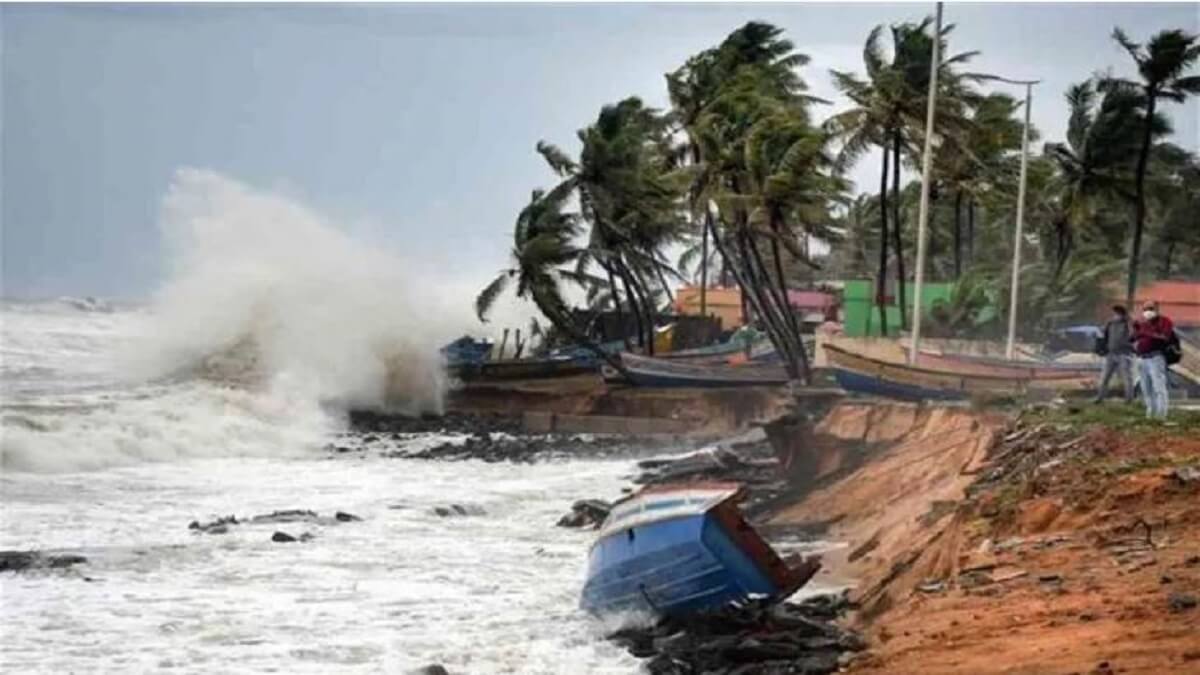Cyclone Biparjoy: IMD issued alert for coastal Karnataka
A deep depression over the southeast Arabian Sea intensified into a cyclonic storm ‘Biparjoy’, said the India Meteorological Department (IMD). According to the weather agency, it is likely to move nearly northwards and intensify gradually into a very severe cyclonic storm. Cyclone Biparjoy: IMD issued alert for coastal Karnataka.
Cyclone Biparjoy in the Arabian Sea has gained further intensity and the Meteorological Department has predicted that there is a possibility of heavy rains in the coasts of Karnataka, Maharashtra, Kerala and Gujarat for the next three days.
The weather department has predicted heavy rainfall in the coastal areas for the next three days as a result of the depression in the Arabian Sea. It has also issued a storm warning. Hence fishermen are prohibited from going into the sea.
There will be a storm in the coastal part of the state for 3 days due to the drop in air pressure in the Arabian Sea. The Meteorological Department has predicted heavy rain due to this. As a result of the heavy storm with gale force, fishermen are strictly prohibited from going into the sea.
Tourists and locals have been advised not to go to sea and river banks. The Meteorological Department has also warned residents of low-lying areas to move to safer places.
How did Cyclone Biparjoy get its name?
The name ‘Biparjoy’ was given by Bangladesh. It means ‘calamity’ or ‘disaster’. Reportedly, the name was adopted by World Meteorological Organisation (WMO) countries in 2020. It also includes all the tropical cyclones that form over the North Indian Ocean, including the Bay of Bengal and the Arabian Sea as cyclones are named depending on the regional rules.
Also Read: Shakti Yojana implemented from June 11: How to apply? Here is the details
The system of naming cyclones WMO and member countries of the United Nations Economic and Social Commission (ESCAP). According to the WMO, in the Atlantic and in the Southern Hemisphere (Indian Ocean and South Pacific), tropical cyclones receive names in alphabetical order, and women’s and men’s names are alternated, while in the Northern Indian Ocean, the names are listed alphabetically by country and are gender-neutral.


Comments are closed.